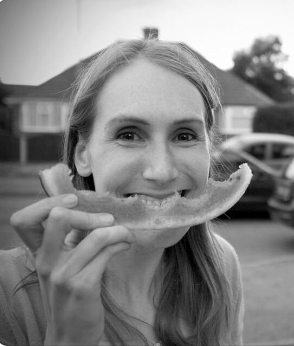Reversible Reactions
- Some reactions go to completion, where the reactants are used up to form the product molecules and the reaction stops when at least one reactant has been exhausted
- In reversible reactions, the product molecules can themselves react with each other or decompose and reform the reactant molecules
- It is said that the reaction can occur in both directions: the forward reaction (which forms the products) and the reverse, or backward, direction (which forms the reactants)
- When writing chemical equations for reversible reactions, two opposing arrows are used to indicate the forward and reverse reactions occurring at the same time
- Each one is drawn with just half an arrowhead – the top one points to the right, and the bottom one points to the left
- The direction a reversible reaction takes can be changed by changing the reaction conditions
- The energy changes are also opposite; if the forward reaction is exothermic then the backward reaction is endothermic
- For example heating ammonium chloride produces ammonia and hydrogen chloride gases:
NH4Cl (s) → NH3 (g) + HCl (g)
- As the hot gases cool down they recombine to form solid ammonium chloride
NH3 (g) + HCl (g) → NH4Cl (s)
- So, the reversible reaction is represented like this:
NH4Cl (s) ⇌ NH3 (g) + HCl (g)
Examiner Tip
The reverse reaction may also be called the backwards reaction. A generic reversible reaction is shown as:
A + B ⇌ C + D



